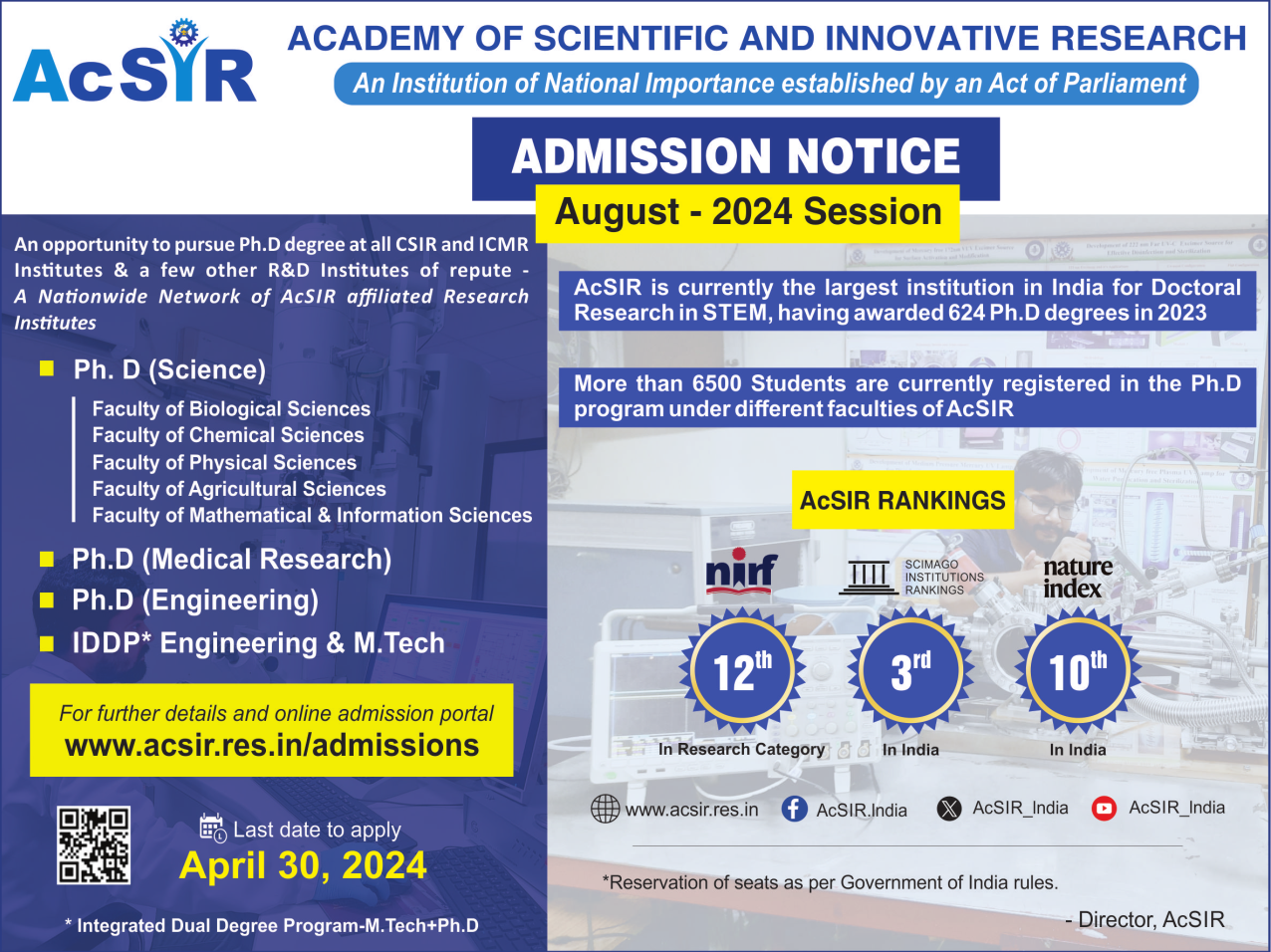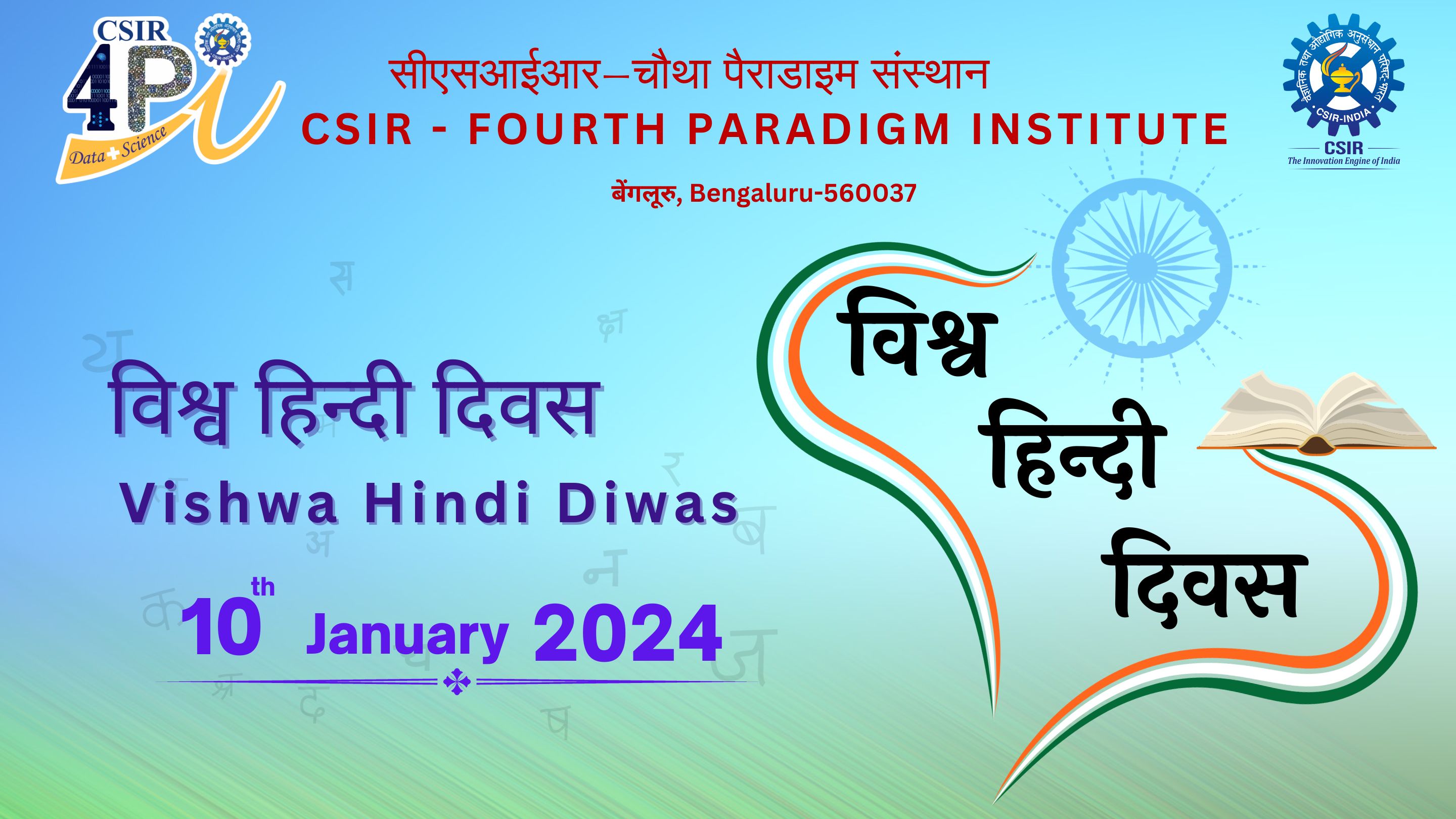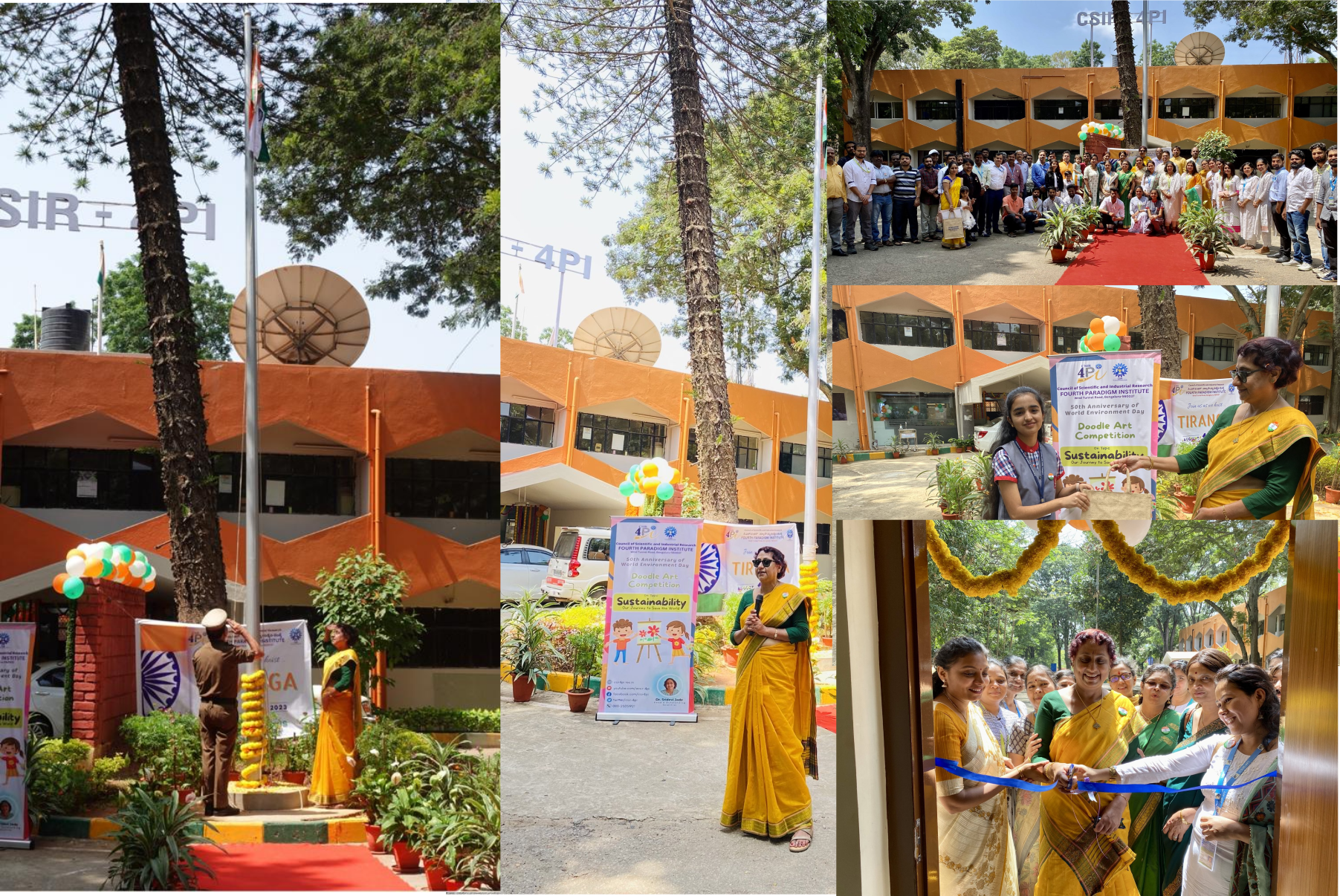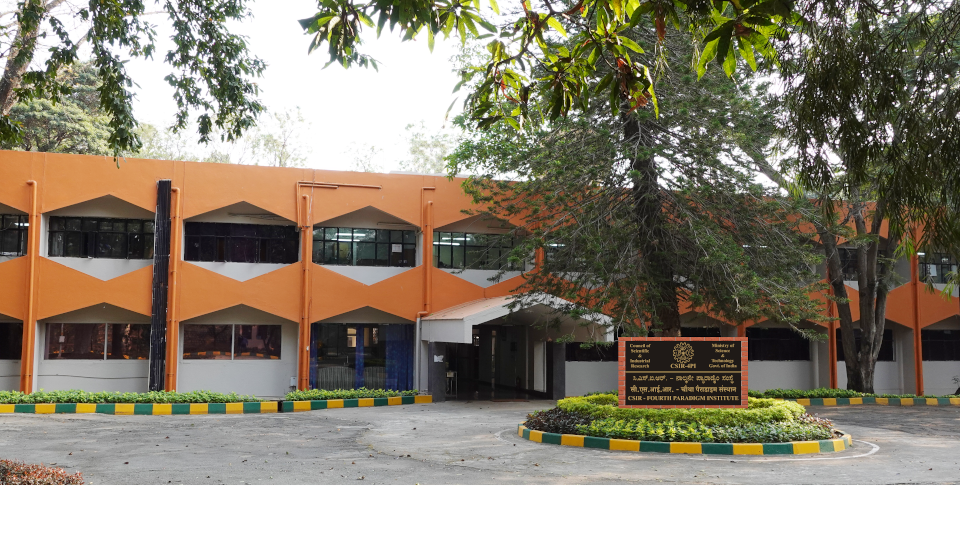by P. Ipsita, V. Rakesh & G. N. Mohapatra
The role of ocean–atmosphere interaction in modulating the track and intensity of two cyclonic storms, Nisarga and Nanauk, which originated from almost similar locations in June in the Arabian Sea with completely different tracks, is investigated in this study. Sea surface temperature (SST), steering flow, relative vorticity, latent heat flux (LHF), specific humidity, vertical wind shear (VWS), outgoing longwave radiation (OLR), convective available potential energy (CAPE), and Madden–Julian oscillation (MJO) phases are analyzed to elucidate the causes of contrasting characteristics of these two cyclones. During the progression and intensification of the storm Nanauk, SST decreased drastically (magnitude of ~ 4 °C), while VWS anomaly is found to be increased (~ 8 ms−1), followed by entrainment of dry air leading to a decrease in upward LHF anomaly (~ 3.5 to 4 J m−2) hindering further moisture supply. Moreover, just before the storm initiation, the CAPE anomaly was around − 800 to − 1000 J kg–1 and the MJO condition was also unfavorable for the continuous intensification of the cyclone. All these factors contributed to the quick dissipation of cyclone Nanauk. However, high SST (~ 31 °C) along with other favorable atmospheric conditions contrary to cyclone Nanauk provided a conducive environment for Nisarga to intensify and prevail. A high-pressure anticyclonic circulation at the eastern side of Nisarga over Indian land dragged the storm north-eastwards across the Maharashtra coast. The convective phase of MJO (magnitude > 1) along with the strong lower tropospheric westerly wind at the west side of the convective system also helped cyclone Nisarga to propagate eastward.

































